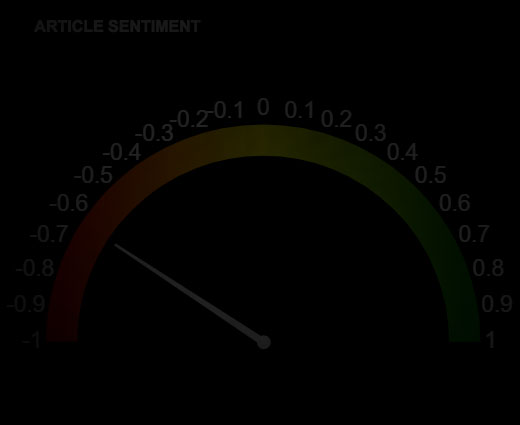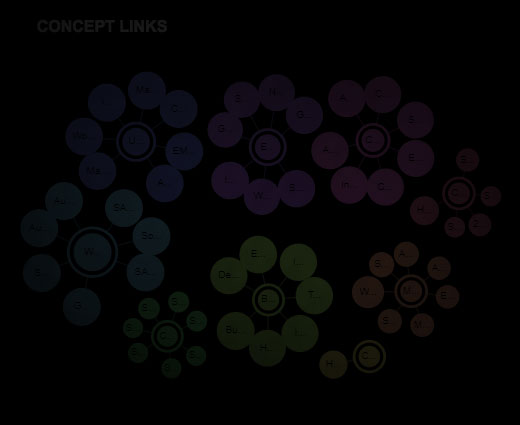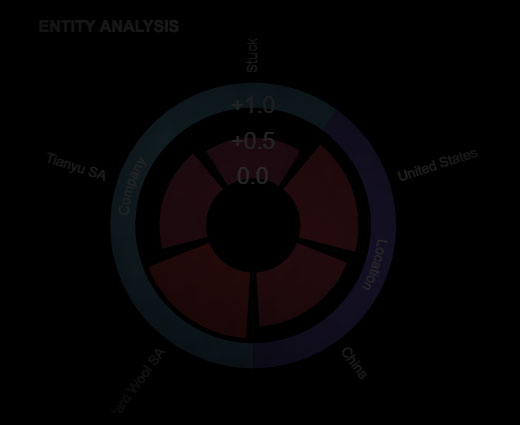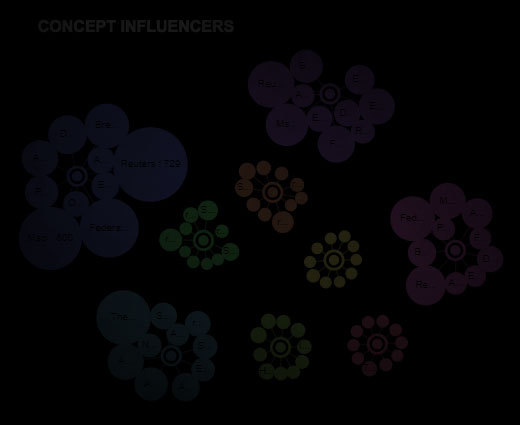pH-responsive hydrogel dressing for wound monitoring and drug delivery
By Alice Davies 19 January 2018Wound infection presents a significant clinical challenge which can delay healing, resulting in longer hospital stays, increased cost of treatment and increased risk of complications. Effective prevention and management of infections is a primary concern of patients and treatment providers dealing with chronic or traumatic wounds.
This product innovation profile takes a lookat a recent development from researchers at the University of Victoria who have designed a pH-responsive 3D-printed hydrogel dressing, which is able to monitor conditions in the wound site and deliver therapeutic factors accordingly, offering both diagnostic and therapeutic components in one.
|
Purpose |
|
Development of an advanced wound dressing capable of monitoring wound conditions and delivery of required treatment accordingly. Monitoring based on colorimetric measurement of pH in the wound site to indicate the wound condition, providing a simpler alternative to currently available electronic-based technologies. |
|
Approach |
|
Researchers at the University of Victoria, Canada have developed a pH-responsive 3D-printed hydrogel dressing which can be integrated into existing wound dressings in order to monitor conditions in the wound site and deliver therapeutic factors accordingly. The dressings have a porous structure composed of 3D-printed alginate/glycerol fibres to form a hydrogel-based system capable of maintaining moisture in the wound. The fibres are loaded with gentamicin antiobiotic agent to facilitate a drug-eluting scaffold, and also contain encapsulated resin beads doped in pH-responsive dyes to act as pH indicators. Naturally derived cabbage juice and synthetic Brilliant Yellow dyes were used due to their ability to change colour in response to changing pH which may be caused by different bacterial infections within a wound. Image-processing analysis enabled the researchers to determine pH based on the colour of the sensors resulting in a colorimetric method for diagnosis of wound condition. A mobile application was also developed to interface with the dressing, enabling the patient to record the wound condition for themselves and relay this information to a healthcare professional who could provide treatment advice accordingly. |
|
Results |
|
The porosity of the dressings was found to influence their response time to changing pH, with higher porosity resulting in faster response due to higher available surface-to-volume ratio. The concentration of alginate also influenced response time and the concentration of beads in the fibres determined the strength of response. Both cabbage juice and Brilliant Yellow based sensors were able to change colour in response to changing pH due to increased bacterial growth. Cultures of P. aeruginosa demonstrated increasing pH as bacteria grew while by contrast, cultures of S. aureus decreased in pH. A 4.0 - 9.0 pH range was visually detectable by eye and by smartphone application. Ex vivo testing also demonstrated a clear change in colour of the sensors on infected skins compared to controls, and this change was more pronounced in those samples infected with higher inoculation densities of bacteria. The hydrogel dressing was successfully integrated with a commercial dressing allowing it to be flexibly and securely applied to a wound. In combination with the commercial dressing, the dehydration rate of the hydrogel was also significantly decreased due to reduced evaporation. |
|
Impact |
|
Prevention and management of infections is a primary concern in the treatment of chronic or traumatic wounds, especially as wound infection can result in longer hospital stays, delayed healing, and potentially fatal complications, making it a significant clinical challenge. The pH-responsive hydrogel dressing has potential for application in treatment of both acute and chronic wounds caused by trauma, surgery or chronic diseases and could be particularly beneficial as it offers both diagnostic and therapeutic components in one. |
Reference
Mirani, et al. ‘An advanced multifunctional hydrogel-based dressing for wound monitoring and drug delivery’, Advanced Healthcare Materials, 2017, DOI: 10.1002/adhm.201700718
Copyright © 2017 WILEY-VCH Verlag GmbH & Co. KGaA, Weinheim
RELATED ARTICLES
-
Scaling bio-based avocado dyes in textiles
- Abigail Turner
- WTiN
-
Ambercycle scales circular materials
- Ambercycle
- WTiN
-
Sheep Inc. introduces 100% regenerative material
- Sheep Inc.
- WTiN
-
News Release
Reimagining intimates with circular design
-
News Release
Manchester hosts Fashion-Textiles-Wearables








